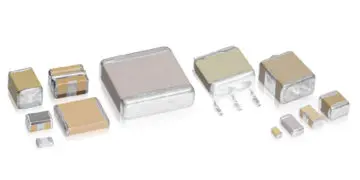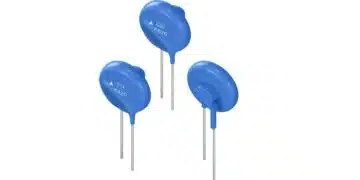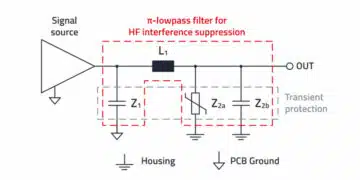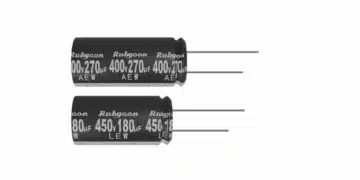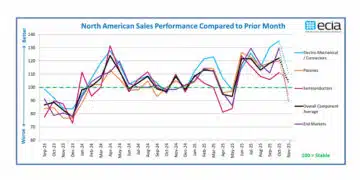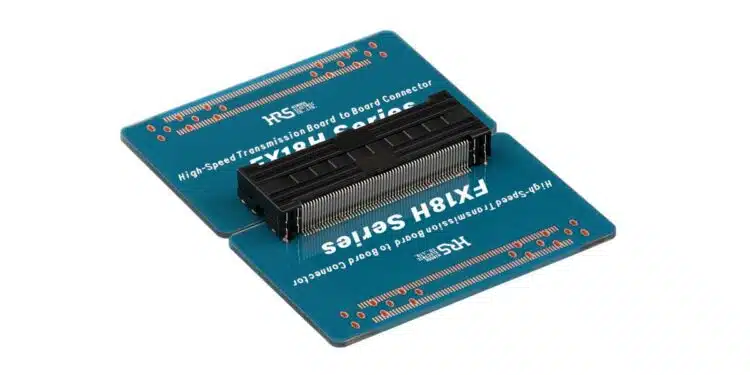HIROSE expands its FX18 series PCB connector with support for new Open Pluggable Specifications (OPS).
*OPS is an industry standard established by Intel that defines the mechanism for pluggable modules that can be installed directly (slot-in) into compatible devices.
Supporting the New Open Pluggable Specifications (OPS) for Faster, Standardized Applications
In recent years, digital signage—used for vibrant, eye-catching displays using video and audio—has become increasingly common in both indoor and outdoor settings. It is widely used for advertising, information display, and creating immersive spaces. Industrial devices such as smart displays and laser projectors are also gaining popularity in corporate offices.
As the demand for these devices continues to grow, the OPS Specifications, an open standard that simplifies device development, installation, and management, were revised in 2024 for the first time in 14 years. The updated OPS Specifications enable the smooth delivery of ultra-high-definition content, including 4K and 8K video, enhancing user experience and convenience.
HIROSE offers a broad range of PCB connectors for various industrial devices that support high-speed data transmission. Among these, the “FX18” Series is widely used in applications such as industrial robots and medical devices like CT and MRI equipment. To address the high-speed transmission needs of the new OPS Specifications, HIROSE has released the “FX18H” product.
FX18H’s Features: Versatile Support for High-speed Transmission Standards
・Compliant with five high-speed transmission standards
| Standard | Speed | |
|---|---|---|
| 1 | PCIe 4.0 | 16Gbps |
| 2 | HDMI 2.1 | Max. 48Gbps (10K) (12Gbps*4 lane) |
| 3 | USB3.2 Gen.2 | 10Gbps |
| 4 | IEEE 802.3 ap | 10Gbps |
| 5 | eDP 1.4b (Display Port 1.4b) | Max. 32Gbps (8.1Gbps*4 lane) |
Note: FX18H pin arrangement is partially specified. Contact us for more details.
・0.8mm Pitch, 120 Position, Coplanar Connection (Right angle header x Right angle receptacle)
・Multifunction contacts can supply power or be used for sequencing or ground connections.
・125℃ Heat Resistance
・Compatible Mating and Mounting Pattern with the FX18 Series
Future Product Development
We plan to introduce additional variations to support the OPS Specifications in a broader range of applications, including digital signage, smart displays, and laser projectors. Planned
expansions include:
・Coplanar Connection type: No. of pos. under consideration
・Stacking Connection type: under consideration




